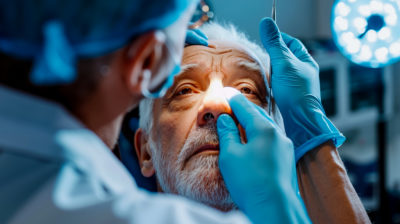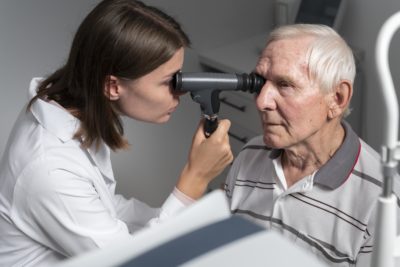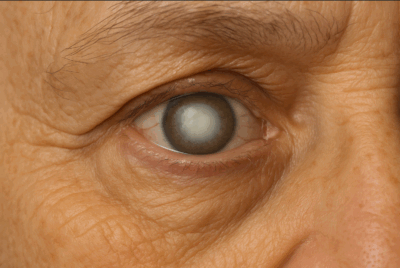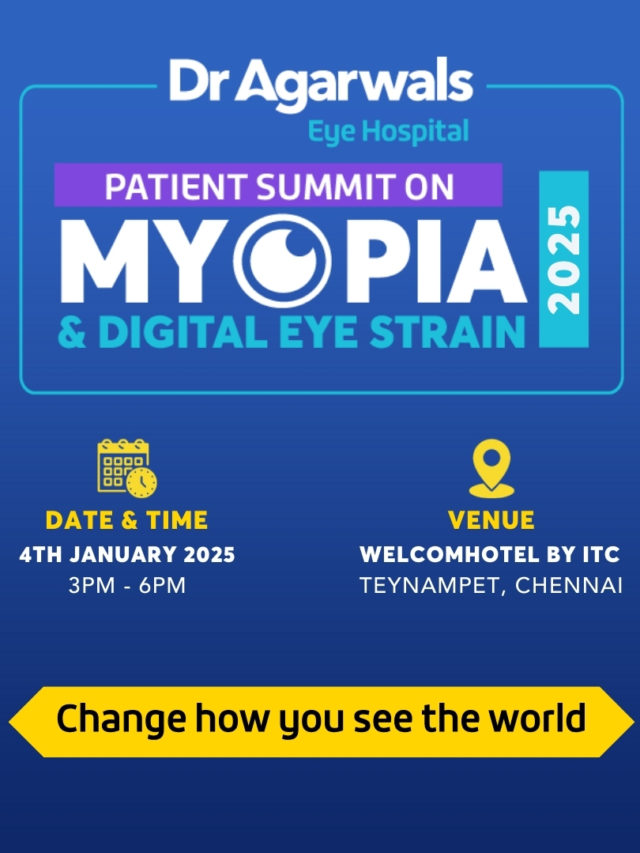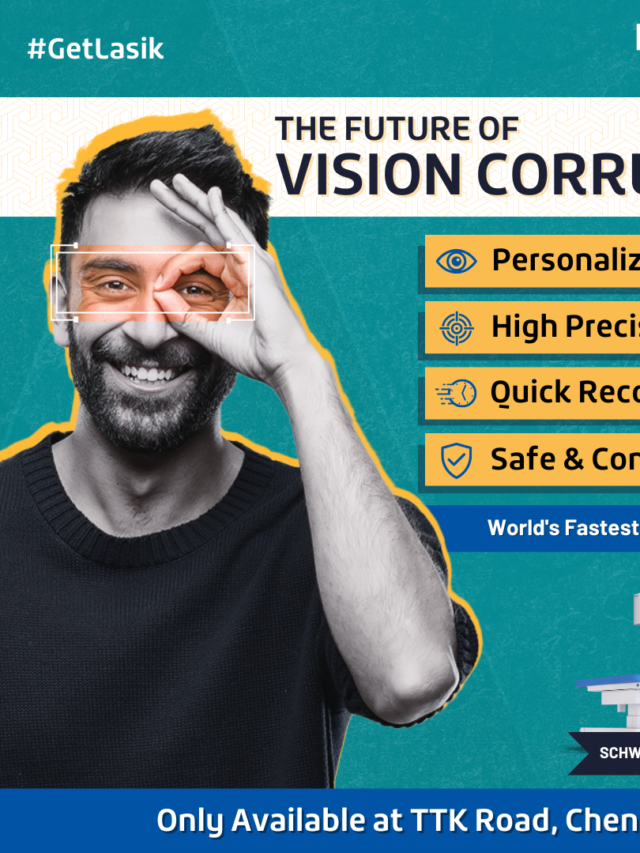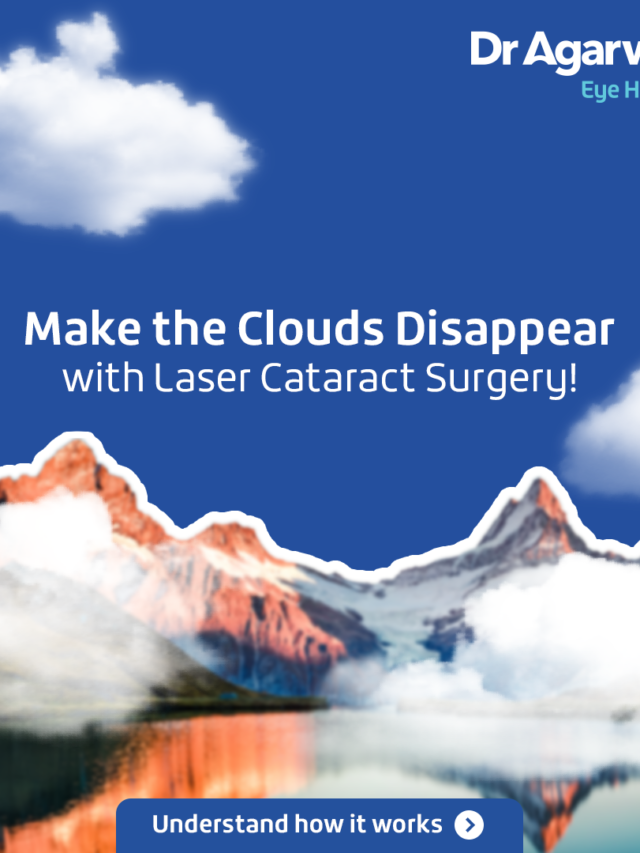Cataracts are one of the leading causes of vision impairment, affecting millions worldwide. Surgery remains the only effective treatment to restore vision. With advancements in medical technology, patients today have a choice between laser-assisted cataract surgery vs traditional methods.
Each technique has its benefits, considerations, and suitability depending on individual eye conditions. This page explains both procedures, highlights the differences, and helps you understand which option may be better suited for your needs.
What is Cataract Surgery?
Cataract surgery is a medical procedure performed to remove the eye’s natural lens when it becomes cloudy. A cataract prevents light from passing clearly through the lens, leading to blurred vision, glare, and difficulty in daily activities.
The surgery involves removing the clouded lens and replacing it with an artificial intraocular lens (IOL). This procedure is safe, widely performed, and has high success rates. Patients can generally expect improved vision and quality of life after surgery.
What is Traditional Cataract Surgery?
Traditional cataract surgery, also known as phacoemulsification, has been performed for decades. In this method, the surgeon makes a small incision in the cornea using a handheld blade.
Ultrasound energy is then used to break up the cloudy lens, which is removed through the incision. An artificial lens is inserted to replace the natural one. This approach has a long history of successful outcomes and is still widely practised.
Although effective, the technique relies heavily on manual skill, and certain parts of the procedure, such as incision creation and lens fragmentation, can vary between patients.
What is Laser-Assisted Cataract Surgery?
Laser-assisted cataract surgery uses advanced femtosecond laser technology to perform critical steps of the procedure. Instead of a blade, the laser creates precise corneal incisions, softens the cataract, and assists with lens fragmentation. This precision reduces the use of ultrasound energy and may result in faster recovery times.
Laser technology can also help correct corneal astigmatism during surgery, offering better chances of achieving clearer vision without glasses. While considered more advanced, the availability and cost of this procedure are important factors for patients to consider.
Key Differences Between Laser-Assisted and Traditional Cataract Surgery
Understanding the differences between laser-assisted cataract surgery vs traditional techniques can help patients make informed decisions:
|
Factors |
Laser-Assisted Cataract Surgery |
Traditional Cataract Surgery |
|
Incision Creation |
Incisions are created with a femtosecond laser, offering more precision. |
Incisions are made manually using a surgical blade. |
|
Cataract Fragmentation |
The laser softens the cataract, reducing ultrasound use. |
The cloudy lens is broken down with ultrasound energy. |
|
Astigmatism Correction |
Can correct mild corneal astigmatism, improving visual outcomes. |
Limited correction for astigmatism during surgery. |
|
Accuracy and Customisation |
Offers enhanced precision, consistent results, and customised incisions. |
Relies on the surgeon’s manual skill. |
|
Cost |
Higher costs are due to advanced technology, and availability may vary by hospital. |
Generally, more affordable and widely available. |
Incision Creation
- Traditional: Incisions are made manually using a surgical blade.
- Laser-Assisted: Incisions are created with a femtosecond laser, offering more precision.
Cataract Fragmentation
- Traditional: The cloudy lens is broken down with ultrasound energy.
- Laser-Assisted: The laser softens the cataract, reducing ultrasound use.
Astigmatism Correction
- Traditional: Limited correction for astigmatism during surgery.
- Laser-Assisted: Can correct mild corneal astigmatism, improving visual outcomes.
Accuracy and Customisation
- Traditional: Relies on the surgeon’s manual skill.
- Laser-Assisted: Offers enhanced precision, consistent results, and customised incisions.
Cost
- Traditional: Generally more affordable and widely available.
- Laser-Assisted: Higher cost due to advanced technology; availability may differ depending on the hospital.
Both procedures are safe, but the choice often depends on patient preference, eye condition, and budget.
How to Know Which Cataract Surgery Option is Right for You?
Choosing between laser-assisted cataract surgery vs traditional surgery requires careful evaluation. Several factors play a role, including:
- Eye Health: Certain eye conditions may make one technique more suitable than the other.
- Desired Outcomes: Patients seeking reduced dependence on glasses may benefit from laser-assisted surgery.
- Cost Considerations: Traditional surgery is generally less expensive. Patients should enquire with the hospital about available packages, insurance support, or payment plans.
- Insurance Coverage: In many cases, cataract surgery is covered by insurance, but coverage may differ for laser-assisted procedures. It is best to confirm with the hospital’s reception team, insurance desk, or counsellors whether the insurance provider covers the type of procedure recommended.
The most appropriate choice can only be determined after consultation with an ophthalmologist. The doctor will examine the eye, discuss expectations, and suggest the surgery that aligns with the patient’s medical and financial needs.
Conclusion
Traditional and laser-assisted surgery methods are effective ways to treat cataracts. Traditional cataract surgery remains a trusted option with proven results, while laser-assisted surgery offers enhanced precision and potential additional benefits. Patients should discuss both approaches with their doctor, explore insurance and financing options, and decide based on medical suitability and affordability.
Whether you choose laser-assisted cataract surgery vs traditional, the ultimate goal is restoring clear vision and improving quality of life. Timely consultation and early treatment remain the most important steps toward protecting your eyesight.

